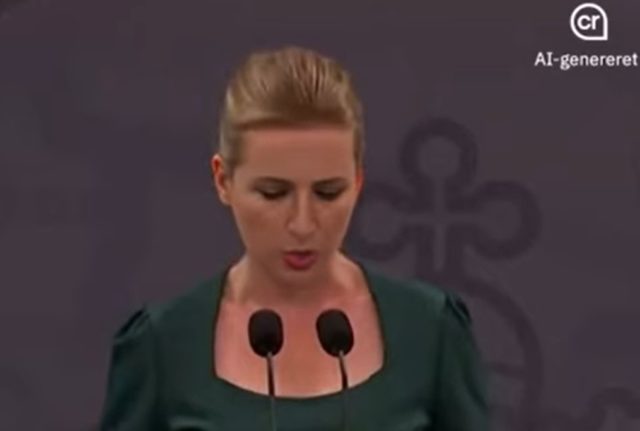The frigate Esbern Snare, which has been patrolling the waters off the coast of West Africa since October 2021, will be added to the forces made available by Copenhagen to NATO in Europe, the defence minister announced.
“We have received a request from NATO to reinforce our readiness and our contribution to deterrence. We have received a request to strengthen the readiness with one of our frigates,” Morten Bødskov told reporters after a meeting in parliament.
The minister declined to say where the frigate, which should arrive in Europe in early March, would be positioned.
The vessel, which has a crew of 100, is a so-called multi-role frigate launched in 2005, able to engage in marine, submarine and anti-aircraft combat.
Last week, Denmark began boosting its military preparedness in response to Russia’s “unacceptable military pressure” on Ukraine, placing a mobile battalion of 700-800 soldiers on alert under NATO command in the east of the country.
Copenhagen has deployed four F-16 fighter jets to Lithuania and announced in January it would send a frigate with 160 crew to reinforce NATO patrols in the Baltic Sea.
READ ALSO: Why the possibility of US troops in Denmark is unprecedented



 Please whitelist us to continue reading.
Please whitelist us to continue reading.
Member comments